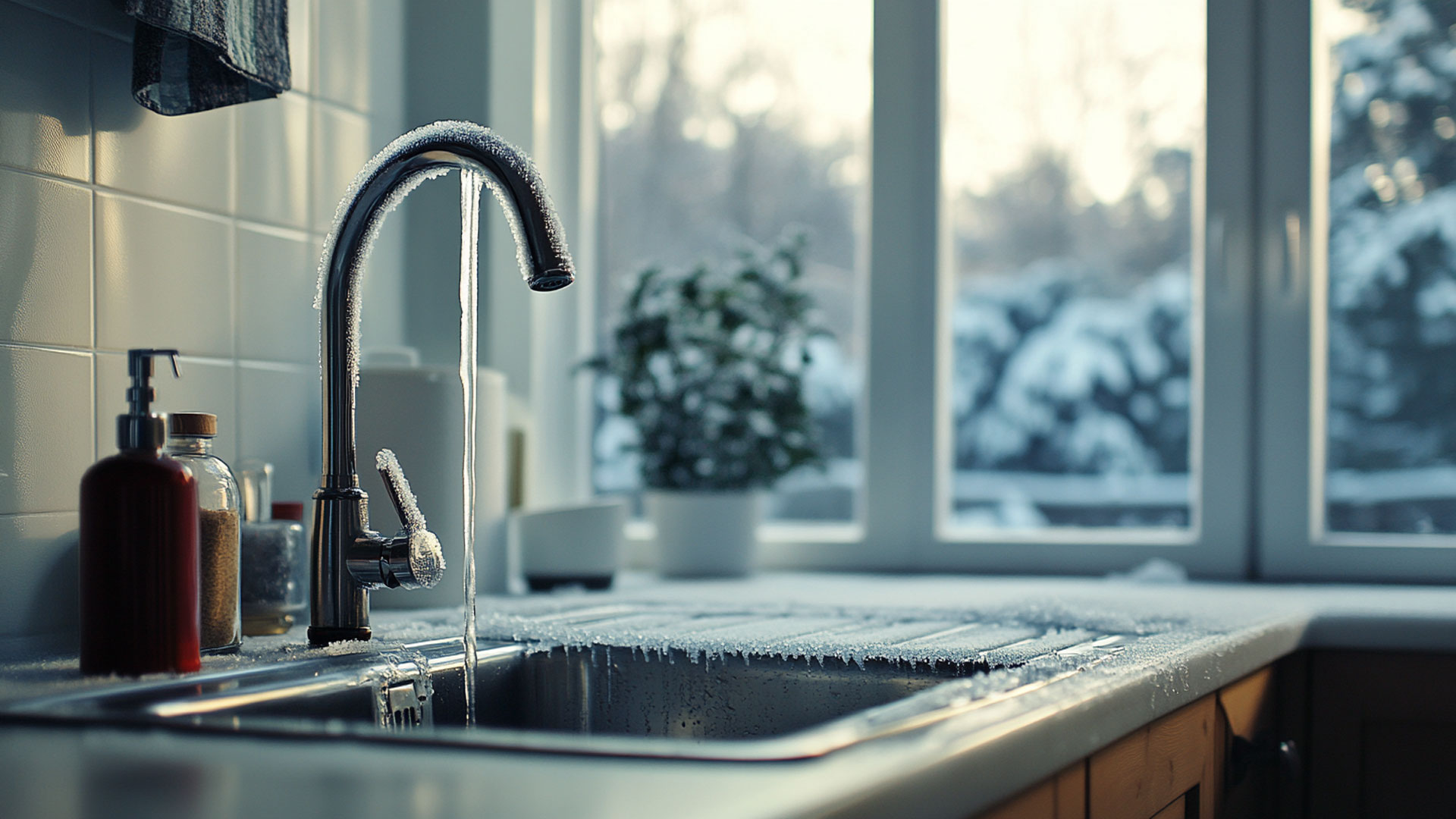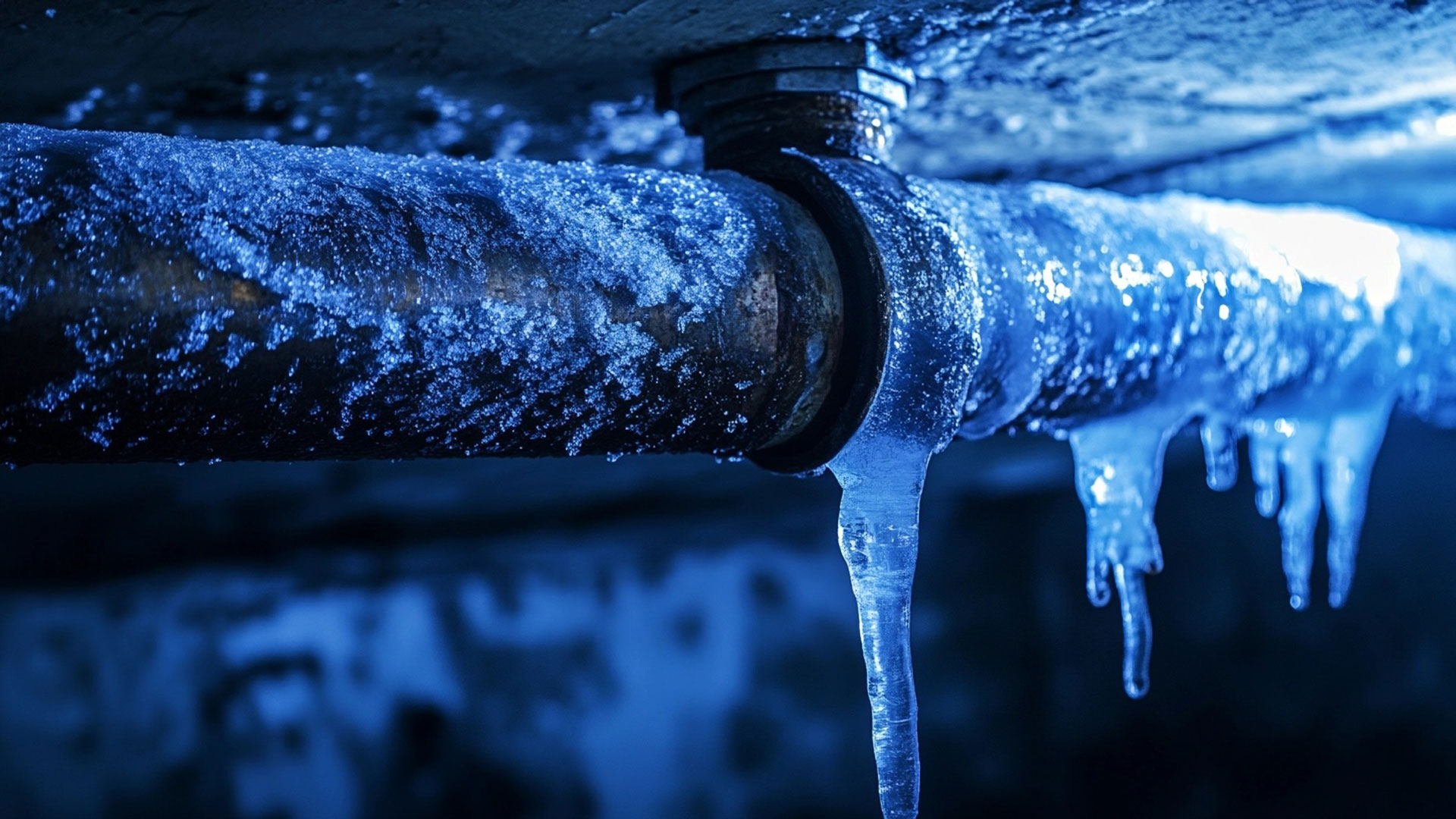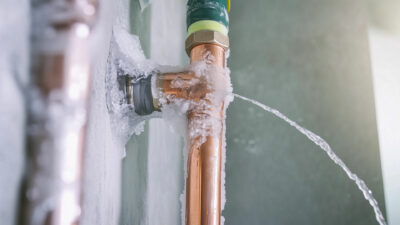Table of Contents[Hide][Show]
- Q: Why are frozen pipes such a serious concern?
- Q: Which pipes are most vulnerable to freezing?
- Q: What are the most effective preventive measures?
- Q: What about homes left empty during winter?
- Q: What should homeowners do if pipes freeze?
- Q: What methods should never be used to thaw pipes?
- Q: When should a professional plumber be called?
- Q: What long-term solutions can prevent future freezing?
- Q: What’s the most cost-effective approach to prevention?
As temperatures continue to drop, homeowners are encouraged to stay informed about the risks of frozen pipes. Preventative measures become not only crucial but necessary to safeguard your home and finances. Understanding why pipes freeze can also empower homeowners to take the right steps.
Frozen pipes are not just a nuisance; they can lead to significant damage that goes beyond mere inconvenience. If a pipe bursts, the result can be catastrophic, leading to flooding and extensive damage to your walls, flooring, and belongings. Homeowners should also consider the added pressure on their insurance policies, which may not cover all types of damage caused by frozen pipes.
Q: Why are frozen pipes such a serious concern?
“A small bump in your heating costs will still cost far less than the repair of a burst pipe,” warns plumbing expert Sean Richardson. When water freezes, it expands and creates pressure within pipes, potentially causing them to break. This can lead to extensive property damage and expensive repairs.
Beyond unheated areas, other factors can increase the risk of frozen pipes. For instance, older homes with inadequate insulation or homes located in particularly cold regions are at higher risk. Homeowners should assess their properties regularly, especially during the winter months, to identify vulnerable pipes that may need extra protection.
Q: Which pipes are most vulnerable to freezing?
Here are a few more preventive measures you can take:
Pipes in unheated interior areas such as basements, crawl spaces, and garages are at the highest risk. Additionally, water supply pipes in unheated areas and those exposed to severe cold are particularly susceptible to freezing.
Q: What are the most effective preventive measures?
Several key steps can help protect your pipes from freezing:
- Keep your home’s temperature at least 55°F, even when away
- Allow cold water to drip from faucets during freezing weather
- Open cabinet doors to allow warmer air circulation around plumbing
- Keep garage doors closed if water pipes lines are present in the garage
Q: What about homes left empty during winter?
When leaving your home during winter, it’s wise to have someone check on it periodically. This person can monitor the temperature and ensure that everything remains in good working order. Additionally, informing your neighbors can provide an extra layer of security.
The American Red Cross recommends: “If you will be going away during cold weather, leave the heat on in your home, set to a temperature no lower than 55°F”. For extended absences, consider shutting off the water supply and having a plumber prepare the pipes for potential damage.
Q: What should homeowners do if pipes freeze?

If you discover that your pipes have frozen, act quickly. Applying safe heat directly to the frozen section can help thaw it out without causing damage. Remember that patience is key; hastily attempting to thaw may result in a burst pipe.
While calling a professional is advisable in many cases, some homeowners may want to attempt thawing their pipes themselves. It’s crucial to remember that this process should be done with care. Always ensure that the water supply is turned off first to prevent further damage.
If you discover frozen pipes, follow these steps:
- Keep the affected faucet open
- Shut off the main water supply to reduce pressure
- Apply heat using safe methods such as:
- Electric heating pad
- Hair dryer
- Space heater (keeping away from flammable materials)
Long-term solutions can offer peace of mind and reduce stress during the winter. Regular maintenance checks and upgrades can significantly lower the chances of experiencing frozen pipes.
Q: What methods should never be used to thaw pipes?
Ultimately, investing in preventive measures is a fraction of the cost compared to repairing frozen pipe damage. Planning ahead will not only save you money but also protect your home and belongings.
Never use open flames or extreme heat sources to thaw pipes [WD]. This creates a serious fire hazard and can cause more damage than the frozen pipe itself.
Q: When should a professional plumber be called?
Contact a professional plumber if:
- You cannot locate the frozen section
- The frozen area is inaccessible
- Your attempts to thaw the pipe are unsuccessful
Q: What long-term solutions can prevent future freezing?
Consider these permanent solutions to help prevent frozen pipes:
- Install pipe insulation or “pipe sleeves”
- Use heat tape or heating cables for vulnerable areas
- Seal gaps and cracks that allow cold air to enter
Q: What’s the most cost-effective approach to prevention?

According to experts, basic preventive measures include:
- Insulating all exterior pipes
- Checking pipes in unheated areas
- Securing outdoor faucet aerators
- Maintaining proper meter box insulation
A few simple steps can help protect against the costly property damage and headaches that can happen when the pipes freeze in your home. Taking preventive action now can save thousands in potential repair costs later.
For immediate assistance with frozen pipes, contact a licensed plumber or your local water utility company. In cases of water damage, prompt professional intervention is crucial to prevent further structural issues and mold growth.
I’m a dog owner that loves poetry, vampires, mountain biking, and cosplay. I’m open to ideas and still trying to figure my SFO life out one blog post at a time. LF ISO SWF GSOH SI DDF.












 Trump Orders Federal Workers Back to Office, Ending Remote Work Era
Trump Orders Federal Workers Back to Office, Ending Remote Work Era